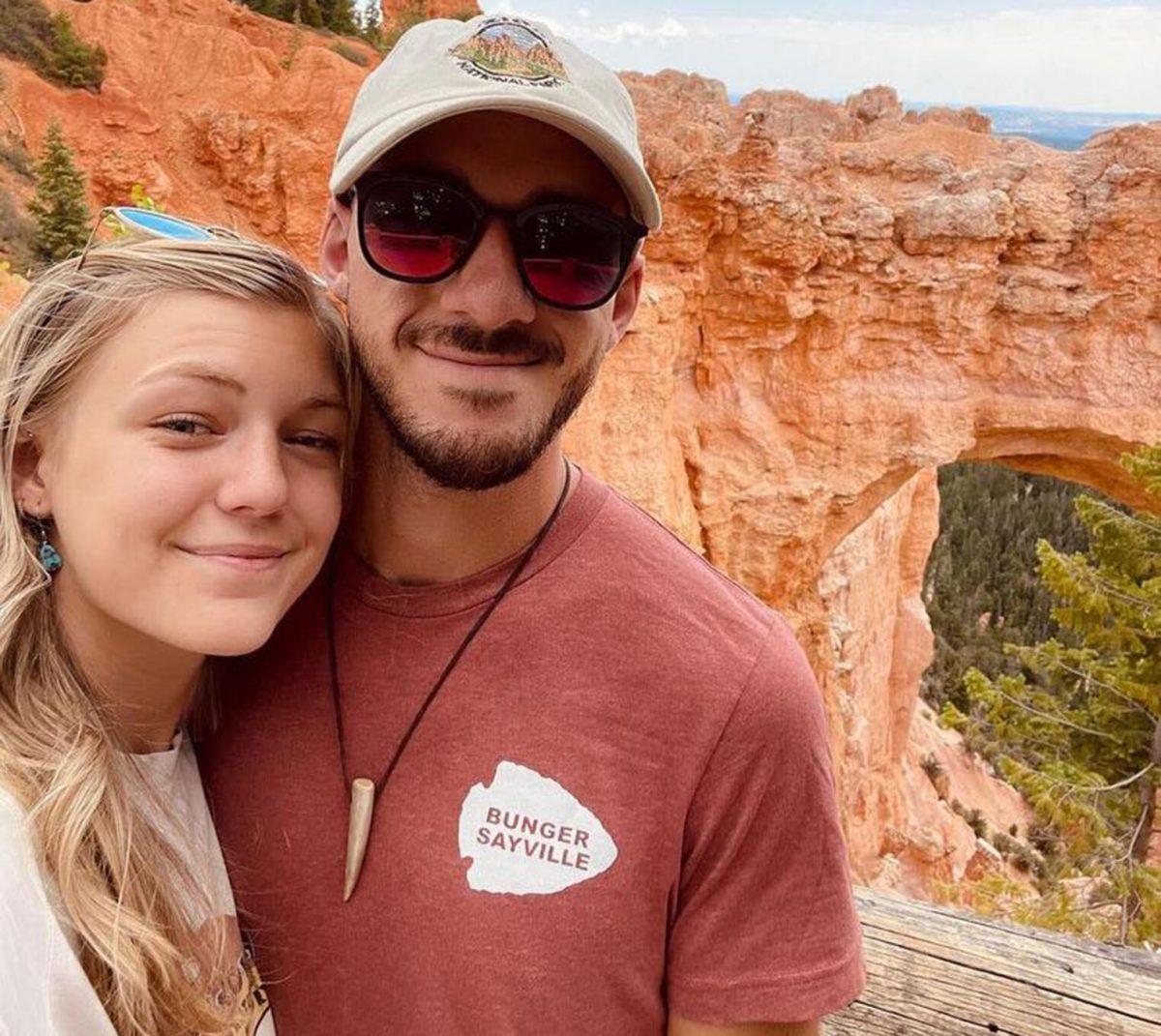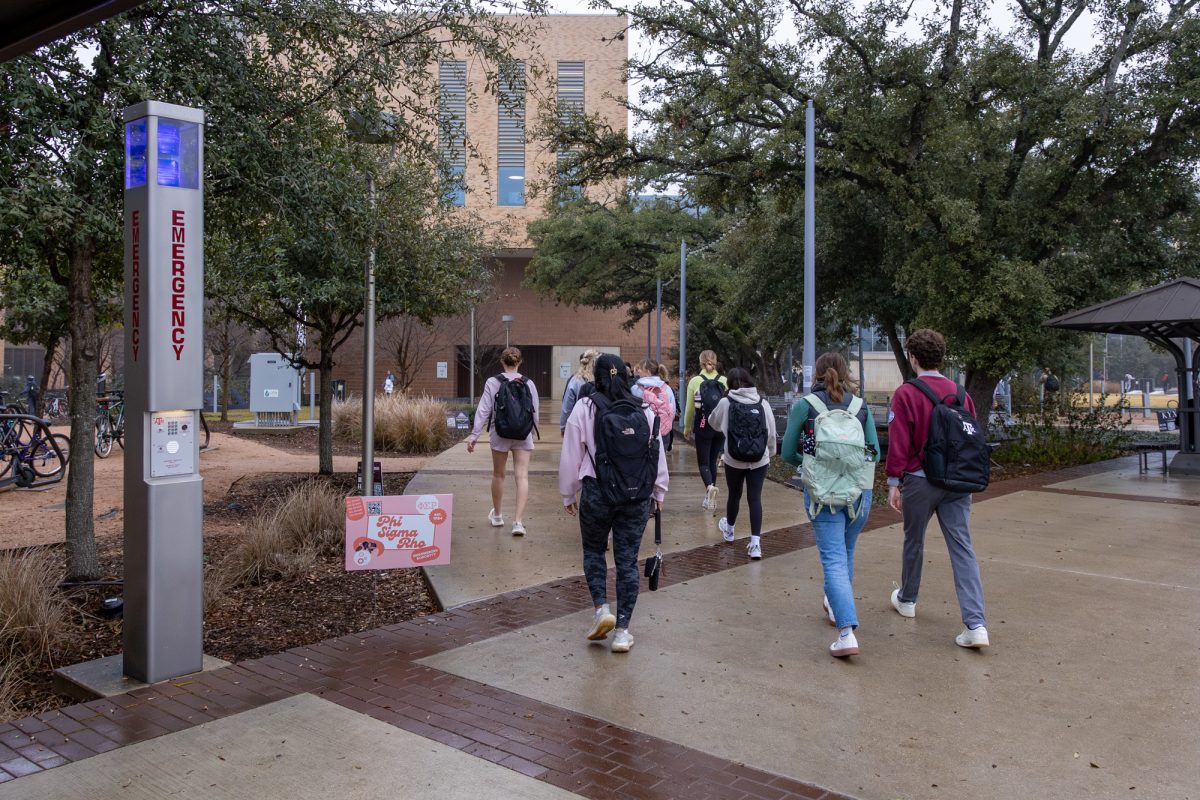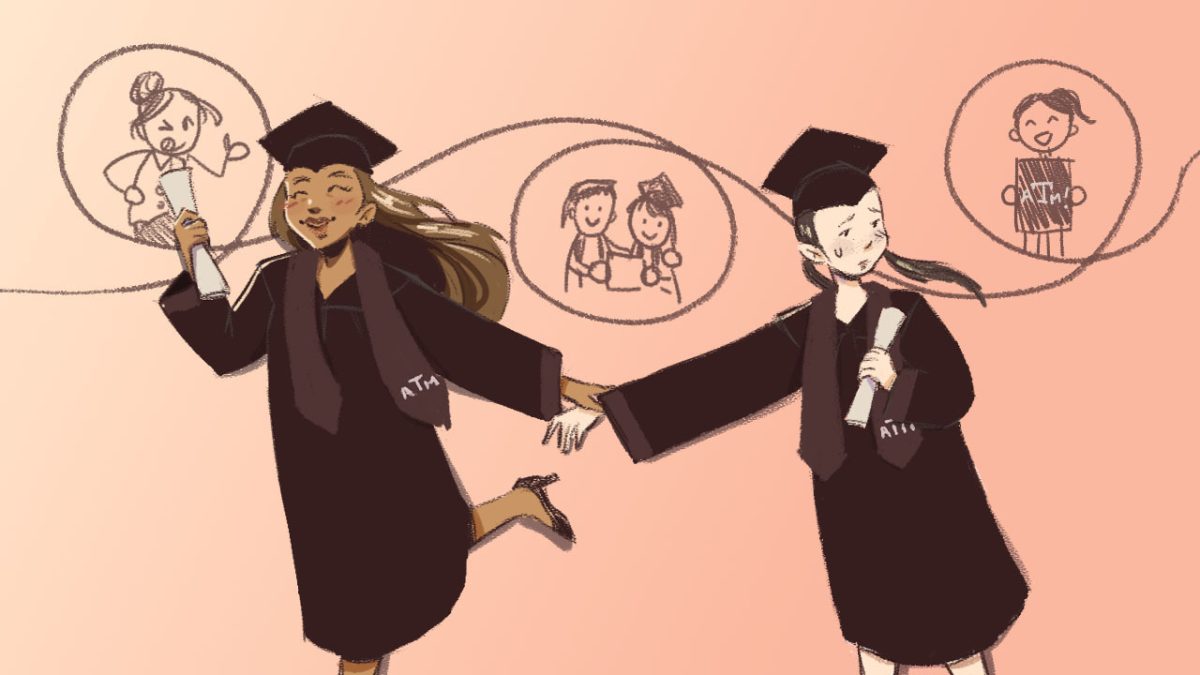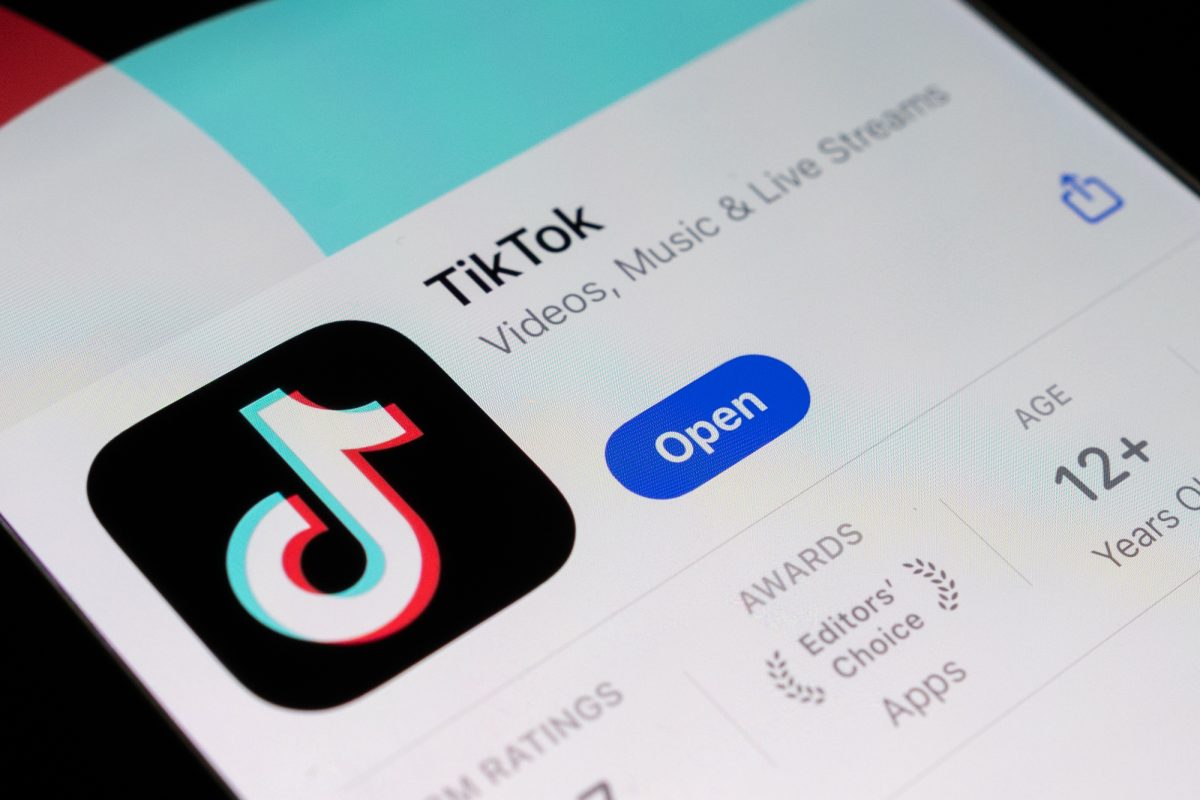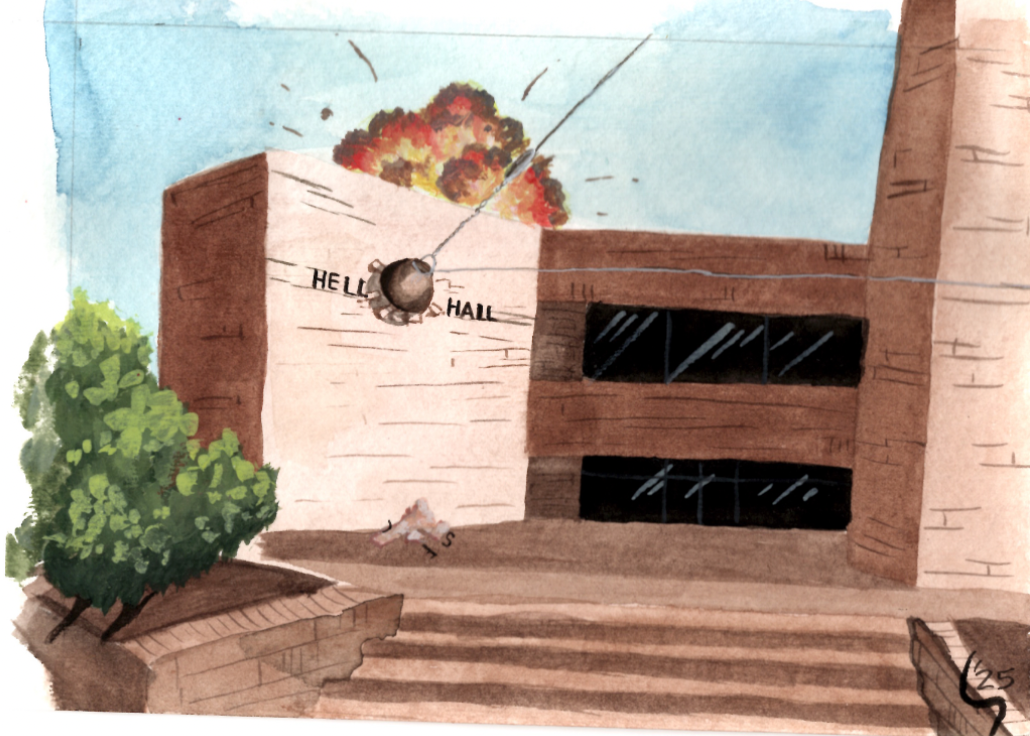Following the disappearance of Gabby Petito, the internet — specifically the true crime community — went wild with speculation. If this phenomenon surprises you, welcome to the internet, a cesspool of good and bad information ready to overwhelm entire generations.
Although the prolonged use of social media is linked to a plethora of mental health conditions and predator use is prolific, every once in a while, we are brought to a positive side of technology. One of these advantages has come to light through the widespread coverage of the Gabby Petito case, which resulted in a TikTok user coming forth with evidence that would later lead to authorities finding Petito’s remains.
While the exposure of her case is overall a great thing — giving Petito’s family some sense of closure after their daughter’s disappearance — there were many instances of this young woman’s homicide being used by social media influencers to gain popularity, views and ultimately, money. A TikTok user named Paris Campbell has made upward of two dozen videos surrounding the case and collected millions of views, covering everything from the Petito family’s public statements to the shared Spotify account between Petito and her boyfriend, Brian Laundrie. Let’s not even start on the disgusting exploitation of the case used by some TikTokers who claim they’re psychics communicating with the young woman from beyond the grave.
However, the pros brought to this case as a result of reaching TikTok outweigh the cons. For instance, the Petito family started a foundation in order to help less privileged missing women be found. The family has also used its recent influence in the media to shed light on how significantly more Indigenious women go missing than white women. These women are often overshadowed by their white counterparts because of the racially-motivated interest in finding a pretty, affluent white woman as opposed to an Indigenous woman who disappeared from an impoverished reservation.
The internet is often a good and relatively innocent place, full of cute cat videos and streaming sites that host a number of meaningful shows and movies that make media more accessible than ever. However, it’s the influencer culture we have to keep an eye out for. We should ensure our “influencers” aren’t using their platform for popularity at the expense of others’ tragedies, such as when YouTuber Logan Paul filmed the body of a man who committed suicide in the Aokigahara Forest — known as the Suicide Forest — in Japan and didn’t think to cut that part out of his video until he received extreme backlash.
Even though Paul’s horrid video was released in 2018, the internet still hasn’t learned its lesson. Too many want-to-be-influencers were quick to capitalize on the death of a young girl and perceive themselves as some type of internet sleuth for “solving” the crime.
There has to be some explicit social rule that separates informing the public about a case by handling it with respect and exploiting the investigation for personal gain. However, only a select few YouTubers are treating these situations with the dignity, time and respect they deserve, and the majority of TikTok users are just looking for a quick viral video, mimicking the tone and sincerity of these serious true crime YouTubers in a way that just feels in poor taste.
What can we do about the misuse of serious crime stories, though? How do we make sure people on the internet don’t use the deaths of others in exploitative ways? We don’t, really. We just have to recognize when it’s happening and hold those accountable.




